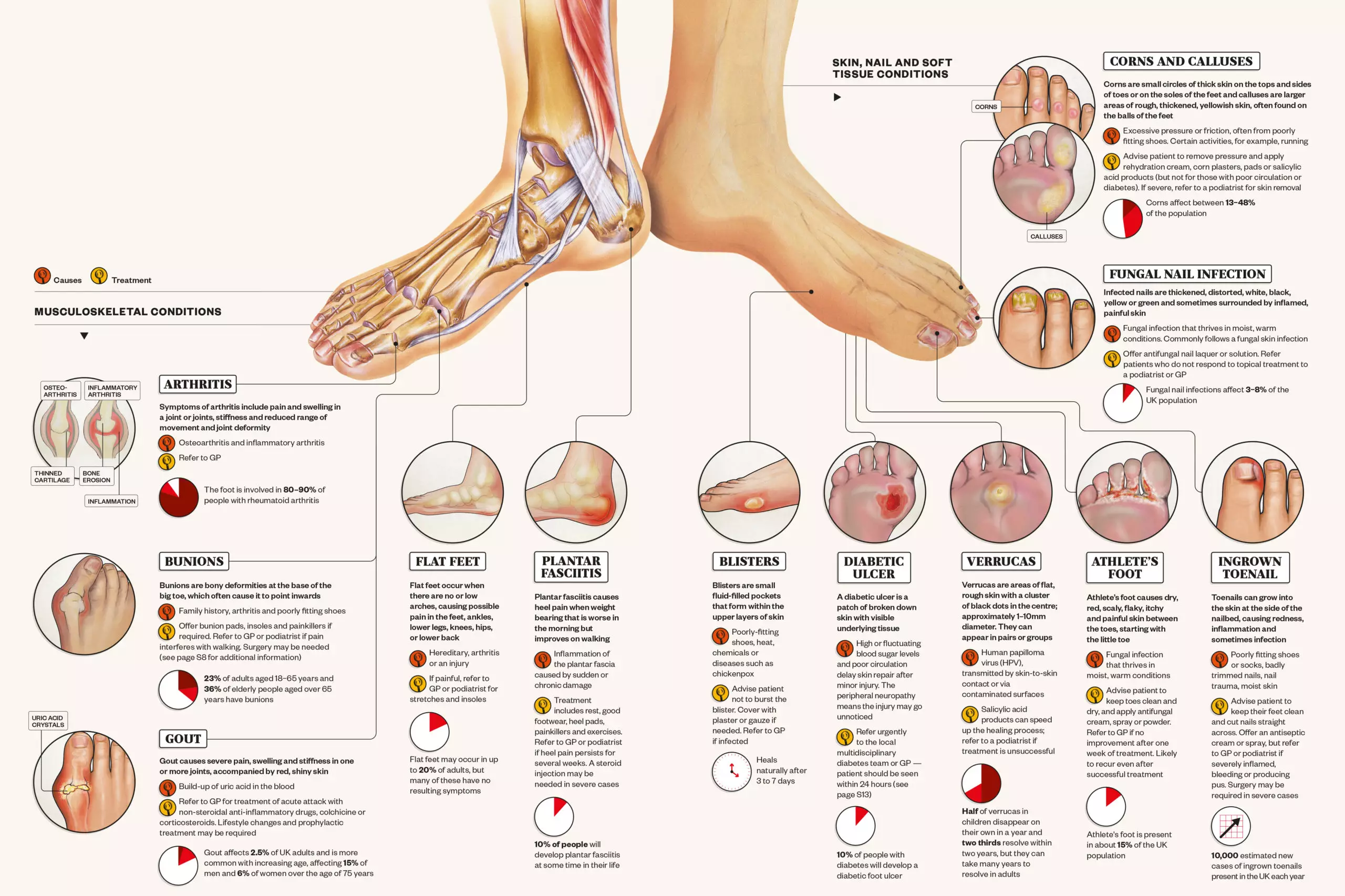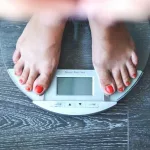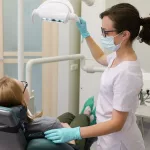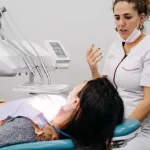Wait, Why Are My Soles So Red?
At first, I thought it was nothing. I kicked off my shoes after a long day and there they were—my soles, practically blazing. Not scary red, but enough to make me wonder: Is this normal? Have you ever glanced down and wondered the same? If so, let’s get real for a second. Red soles of feet symptoms aren’t just about looking a little “toasty.” Sometimes it’s fine… other times it’s your body waving a tiny (or not-so-tiny) red flag.
This isn’t a “just the facts” lecture. Think of this as us sipping coffee, chatting about feet, and finding out how you can feel better, faster. If you’re here because your soles are on fire, you’re in the right place—and no foot talk is too “weird” for this corner of the Internet. So let’s walk through what’s going on with those red soles, together.
Sore, Red Soles—Is It Just Me?
First things first: You are not alone. I used to think only runners or gym buffs had to worry about angry, red feet. Nope. Turns out, it can hit anyone. Remember the time I spent an entire Saturday wandering around a street market in flat, zero-support sandals? By the time I got home, the bottoms of my feet looked like they’d spent the day sunbathing…but under a heat lamp. Relatable?
Before you panic-google for hours (I’ve done it), let’s break down some causes that pop up more often than you’d think.
Could It Be…Overuse?
Honestly? Sometimes the answer is kind of boring. Just like your cheeks flush if you run up the stairs, your soles can turn red if you’ve spent the day on your feet—or if you’re wearing shoes that make your toes wish they had rights. According to what’s out there, foot experts say simple things like standing too long, walking for hours, or even, oops, picking the wrong shoes can send extra blood rushing down to your feet. Voila—redness.
But here’s a trick: prop your feet up, grab a cold drink, and relax. Redness that chills out with rest is probably harmless. Regular trouble though? That means it’s time to dig deeper.

Simple Home Soothe-Table
| Quick Relief | How It Helps |
|---|---|
| Put your feet up | Reduces extra blood pooling |
| Cool compress (not ice direct) | Calms swelling, eases burning |
| Switch shoes | Avoids future flare-ups |
Heads up: If redness sticks around or your soles hurt, that’s more than too much walking. Time to think about the next cause…
What About Allergies—or Surprising Triggers?
Ever switch detergents or grab a “fancy” foot lotion, then bam!—red, itchy feet? You might be having an allergic reaction. Those skin-care ads don’t mention how feet can be drama queens with new soaps, lotions, or even that cute pair of socks you scored on sale. Allergens love to hang out in unexpected places.
One summer, I slathered on a peppermint foot cream (because, why not?) and ended up with soles that sizzled and itched for days. If you’ve got redness with a smattering of itching or rash, think allergy. Gently wash, dry well, and steer clear of the culprit next time.
Allergic Reaction Clues
- Redness that spreads or looks blotchy
- Itching—especially if worse in certain socks/shoes
- Sometimes peeling, like you’ve been at the beach way too long
Good news? OTC creams can help. Try hydrocortisone for mild itch or check in with your doc if it doesn’t settle in a day or two.
When the Burn Isn’t Normal: Infection Time
Now, let’s get serious for a sec. You know your body. If your red soles are creeping into hot, swollen, and “ugh, is that a smell?” territory, infection could be to blame. Athlete’s foot is a classic move here—especially if you hit the gym or share showers. It loves to set up camp between toes and across the soles, bringing itch, peel, even cracks you don’t want to brag about. In my college days, I basically lived at the pool and learned this lesson, um, the itchy way.
Athlete’s Foot or Bacterial Battle?
So, how do you know? Athlete’s foot goes for itchy, red, mushy skin—sort of like your feet are molting. Bacterial infections (think staph) go further: pain, pus, or hot-to-touch skin. If you see any oozing or your foot starts to swell like a balloon animal, skip DIY. Call the doc—fast.
Side-by-Side: Fungal vs. Bacterial
| Fungal (e.g. Athlete’s Foot) | Bacterial (e.g. Cellulitis) |
|---|---|
| Itching, peeling, cracking | Severe pain, redness, fever |
| Between toes or soles | Redness spreads up foot/ankle |
| Treat: OTC antifungal cream | See a doctor for antibiotics |
If it’s mild, pharmacy creams can zap most cases in a week or two. For anything bigger—or if, like me, you’re always “waiting to see if things get better”—don’t risk it. Feet matter.
Red Soles, Hot Feels: Erythromelalgia—Yep, It’s a Thing
Ever heard of erythromelalgia? Neither had I until I tumbled down a late-night rabbit hole when my red soles were burning like I’d danced barefoot on hot coals. This rare condition isn’t just about color—it’s about sudden, burning pain, heat, and swelling in the feet (sometimes hands too). Triggers? Warm weather, exercise, stress, sometimes just…existing. Episodes flare up, last from minutes to days, and then go as mysteriously as they arrived.
Sometimes, it’s genetic. Other times, it’s tied to autoimmune stuff or problems with blood flow. The tricky bit? “Getting hot feet” sounds silly until you’re the one limping through the office in sandals in the middle of November (learn more here).
If this sounds too familiar—burning, color changes, attacks after spicy meals or a jog—write down your symptoms. See a specialist. Treating the cause (if they find one) can calm down those red-hot flares.
What Can You Do If You Suspect Erythromelalgia?
- Keep a “foot flare diary”—what happened before, how long, pain scale
- Stay cool: fans, cool water soaks (not ice baths, please!)
- Avoid tight shoes and hot environments—yes, even cozy slippers sometimes
There’s no magic cure yet, but lifestyle tweaks, aspirin sometimes, and specific meds help many people curb the worst attacks.
Red Soles and Something Deeper: Is It the Circulation?
Let’s shift gears. Sometimes, red soles of feet symptoms are more than skin deep. Your body’s network of blood vessels is like a city’s traffic grid: When there’s a jam, it shows up where the road is busiest. Your feet are the “downtown.” If you’ve got redness along with swelling, tingling, or numbness—especially if you have diabetes or circulation problems—it’s worth getting checked for things like peripheral artery disease (PAD) or even a blood clot (see circulation causes here).
And yes, if you’re reading this and thinking “but I’m not that old” or “I’m healthy otherwise!”—don’t skip this. Circulation issues can strike anyone, but if you’ve got high blood sugar or a family history, there’s more risk. Red soles of feet diabetes is a real thing. Redness, numbness, slow healing: these can all connect back to underlying blood sugar levels, so don’t ignore major changes.

Common Red Flags
- Redness plus numb, “sleepy” feet
- One foot more swollen, especially after sitting
- Sores that don’t heal
- Pain while walking that stops if you rest
If you nod yes to any of those, don’t wait—check with your doctor. Sometimes, a quick test or new meds make all the difference in the world.
Psoriasis, Eczema, and Bug Bites—Oh My!
If you have skin that throws tantrums, don’t overlook conditions like psoriasis or eczema. Red, scaly, angry soles? You might be having a flare. Mine pops up when life gets stressful and I forget to moisturize. Or, maybe you’re outdoorsy and bug bites are more your style—single red welts, grouped spots, or mysterious splotches after a hike can all spark redness too (read about more causes here).
For bites, topical anti-itch creams often calm it down fast. With rashes or persistent skin issues, gentle care matters—lukewarm soaks, fragrance-free moisturizers, and (if needed) prescription creams go a long way.
:max_bytes(150000):strip_icc()/VWH-GettyImages-1441830180-3d3a181f2f00464b9a5a3d15ed2da1bf.jpg)
Tying It All Together: When Should You Worry?
Okay, we’ve wandered through a lot—shoes, soaps, circulation stuff, rare syndromes, even allergies. So let’s do a gut check. When is redness a “watch it” and when is it a “drop everything” problem?
Ask yourself…
- Is my redness mild and goes away with rest?
- Do I also feel tingling, burning, pain, or numbness?
- Is there swelling, oozing, or does it keep coming back?
- Big lifestyle changes? New meds? History of diabetes?
If your answer is “yes” to anything but the first one—go ahead, schedule that foot check. Seriously. Waiting rarely makes feet (or anything, really) better. And if you’re in the Red soles of feet diabetes club, getting regular checkups isn’t just smart—it’s essential.
Takeaways (And a Little Pep Talk)
Your feet do a lot for you. They deserve a little respect—and a lot of love. Red soles of feet symptoms can be a simple “take it easy” nudge, or a nudge to seek out real help. Don’t ignore what your soles are telling you. Grab time for rest if that’s all they need, but have a low threshold for calling in the pros if you sense something more.
Here’s a challenge: Kick off your shoes, check those soles today. Notice something off? Give your feet time to recover, swap out those criminally tight shoes, and don’t hesitate to phone a podiatrist—especially if the red isn’t budging. Share your stories, ask questions, and remember you’re not alone. Feet are funny, friendly, occasionally frustrating—and worth caring for.
Your next steps? Start simple—rest up, hydrate, try a foot soak for bonus comfort. But don’t play the waiting game if things feel off. You deserve to move comfortably… every single day.


















Leave a Reply
You must be logged in to post a comment.